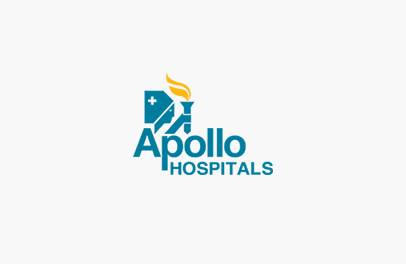Acute Heart Attack

Heart attacks occur due to sudden blockage of the blood vessel supplying the heart, completely cutting off the blood supply to a portion of the heart muscle. If blood flow isn’t restored quickly, the heart muscle begins to die. Heart attacks most often occur due to plaque build up inside the coronary arteries that supply blood to the heart muscle. Eventually an area of the plaque can rupture, forming a blood clot that can completely block blood flow through the artery.
Heart attacks may not always show up as chest pain. They could show as back pain, dizziness, jaw pain, acidity, a ‘Catch’ or even as a mild discomfort or tightness in the chest. The key is to be cautious as seek medical help; acting fast can save lives. In the ambulance, the trained paramedics administer aspirin to dissolve the clot and in case of cardiac arrest, use the defibrillator to normalize the heart rhythm. They do an ECG and transfer the reading immediately to the hospital Emergency room (ER), even before the patient arrives at the hospital .The ER and Cath lab is alerted the instant the patient is placed in the ambulance.
Once the patient arrives at the hospital, the emergency and cardiac team take over. The patient is taken to the cath lab for primary angioplasty. Prior to that, a coronary angiogram is done to diagnose where the block is. Is the heart rate is slowing, a temporary pacemaker may be inserted. Anti clotting medications, of which there are several new ones like Ticagrelor, Prasugrel and Bivalurudin, may be used. Clearway catheter is a local therapeutic infusion device that delivers medicines into the blocked blood vessel at the exact site. Tere are also specific stents, with meshes, which help hold the thrombus. Use of Intravascular Ultrasound and Optical Coherence Tomography help in selected cases.
Primary angioplasty is a lifesaving emergency procedure, especially during an ongoing heart attack. The goal is to increase the blood flow to the heart muscle tissue by clearing out the blood clot. The quicker this is one, the lesser is the damage to the heart muscle.
Door to balloon time is tracked to optimize efficiency as speed, as time is of essence. While global standards are less than 90 minutes there are centres which achieve this even within 45 minutes.
Apart from primary angioplasty, intravenous medications called ‘thrombolytic agents’ are another option to treat heart attacks. These clot busting medications dissolve the clot in 60 to 65% of the cases.
Time taken to arrive at the hospital and the speed of treatment are of paramount importance and make a huge difference to the outcome in a heart attack. They could also mean the difference between life and death.
UPDATED ON 03/09/2024
Apollo Highlights & Updates
 Apollo Hospitals takes up a 4.5-Hour Stroke Treatment Promise with Advanced Stroke Care Network with Extended 24-Hour Tr...
Apollo Hospitals takes up a 4.5-Hour Stroke Treatment Promise with Advanced Stroke Care Network with Extended 24-Hour Tr...© Copyright 2024. Apollo Hospitals Group. All Rights Reserved.
 +91 8069991061
Book Health Check-up
+91 8069991061
Book Health Check-up








